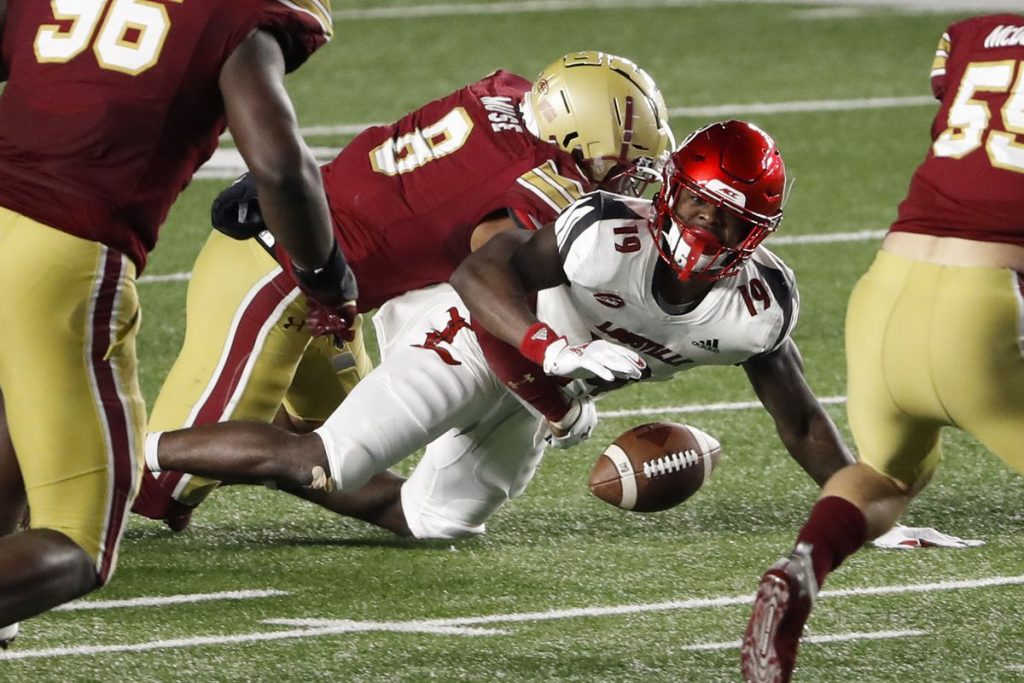Beyond the TV – How Online Platforms Are Revolutionizing Sports Broadcasts
In recent years, the landscape of sports broadcasting has undergone a dramatic transformation, driven by the rise of online platforms. This shift from traditional TV to digital streaming services has not only changed how fans consume sports content but has also revolutionized the entire sports media industry. Historically, television networks held the reins of sports broadcasting, with major leagues and tournaments negotiating exclusive deals that ensured their games reached the largest audiences. However, the advent of the internet and the proliferation of digital streaming platforms have disrupted this long-standing model. Today, sports fans have a multitude of online options to follow their favorite teams and athletes, offering a more personalized and interactive experience than ever before. One of the most significant changes is the rise of over-the-top OTT platforms, which deliver content directly to viewers via the internet. Services like ESPN+, DAZN, and Peacock have emerged as major players in the sports streaming market, offering live games, on-demand content, and exclusive features that were once the domain of traditional TV broadcasters.
These platforms provide fans with the flexibility to watch games on various devices, including smartphones, tablets, and smart TVs, without the constraints of cable subscriptions. Moreover, online platforms have democratized sports broadcasting by providing opportunities for smaller leagues and niche sports to reach global audiences. Previously, only the most popular sports and leagues received widespread coverage. Now, streaming services enable lesser-known sports, such as eSports or women’s sports leagues, to garner attention and build dedicated fan bases. This shift has led to increased visibility and support for a diverse range of athletic pursuits. The interactive nature of online platforms also enhances the viewing experience. Many streaming services incorporate features such as real-time statistics, multi-angle camera views, and integrated social media feeds.
This interactivity allows fans to engage more deeply with the content, participate in live chats, and share their experiences with others. Such features enrich the overall viewing experience, making it more immersive and engaging. Furthermore, online platforms offer opportunities for sports organizations to create new revenue streams. Subscription models, pay-per-view options, and targeted advertising allow for innovative monetization strategies that go beyond traditional TV advertising and sponsorship deals. For example, la grada sports leagues can leverage data analytics to offer personalized content and advertisements, tailoring the viewing experience to individual preferences and behaviors. However, this shift is not without its challenges. The fragmentation of sports content across multiple platforms can create a confusing landscape for viewers, who may need to subscribe to several services to access all their desired content. Additionally, issues related to streaming quality, internet access, and regional restrictions can impact the overall experience.




